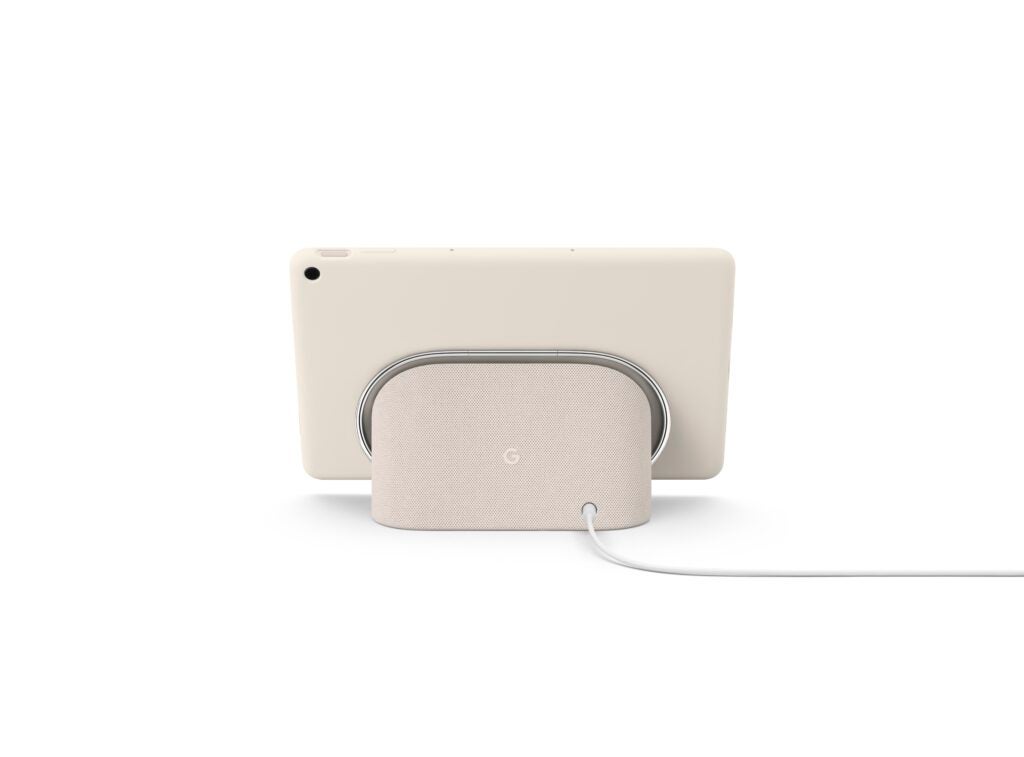In a stunning return to the tablet market, Google is making a bold move to rival its long-standing competitor, Apple, and its iPad. While the iPad (10th-gen) remains the go-to choice for a straightforward entry-level tablet, Google’s latest offering, the Pixel Tablet, brings a refreshing hybrid approach into the mix. Let’s see how they stack up.
The Google Pixel Tablet’s price sits firmly between the iPad and iPad Air (2022), then quite below the iPad Pro M2 – and, yes, we’ll be pitting Google’s new device against those too. As such, we thought it’s worth comparing the £449 iPad with the new £599 Pixel Tablet to see what’s best.
There are certain key factors that you’ll have already made your mind up on. You’re likely invested in Apple’s or Google’s Android ecosystem, which will have big sway. The onboard cameras and display also look fairly evenly matched.
But, there are plenty of other points of differentiation for you to consider. We’re here to help. We’ve thoroughly tested both the Google Pixel Tablet and iPad (10th Gen). Read on for the important features you should care about, to help you make your decision between these two tablets.
Google offers a tablet/smart home hub hybrid
If you’re already in Google’s smart home ecosystem or have been looking for an interesting way in, the Pixel Tablet brings an interesting new proposition to the market.
The tablet comes with a speaker stand bundled into the £599 price, giving you a handy place to plonk your tablet when not in use. The stand offers up a speaker and will recharge the Pixel Tablet too. When on the stand, you can use your tablet as you would a Google Nest Hub, then detach the device for a more traditional handheld Android experience.
It was our reviewer’s favourite feature of the device, although he had reservations about the sound quality of the dock’s speaker, sounding more like a cheap Bluetooth speaker than anything from Google’s Nest collection. It also charges exceedingly slowly on the dock, taking hours to regain a full charge, so there’s clearly work that needs to be done in future generations.

Apple is rumoured to have plans for a HomePod-with-a-screen device at some point in the future, but that is not what you currently get with the iPad. It’s a simple tablet, but you can pair it with add-ons like the £279 Magic Keyboard Folio.
The iPad offers more bang for your buck
The Tensor G2-powered Pixel Tablet might have the flagship Tensor G2 chipset of the Pixel 7 range, but that doesn’t mean it’s a processing powerhouse. Unlike most other chips, the Tensor G2 doesn’t focus on top-end performance but AI smarts, allowing the Pixel Tablet (and phones) to do some pretty impressive software tricks.
That’s not to say it’s slow though, as we noted no real lag or slow-down no matter what we threw at it – it’s just not a benchmark topper.
The bigger issue is with app support; plenty of apps are available on Android, but it lacks some of the killer pro apps available on Apple’s iPad that make it such a tempting option for both work and play.
Apple’s latest iPad brings a lot of functionality and flexibility for its, now higher, £499 price. Our review calls its suite of apps and software “unbeatable”. The introduction of the Magic Keyboard Folio with this edition made it friendlier to productivity than ever.
iPadOS has been beefed up with Stage Manager as well, to try and accommodate improved multi-tasking on iPads, something Android still struggles with. And it’s all backed up by the capable A14 Bionic chip too.

Whether you want to use this tablet for essay-writing, creative work or just watching videos, the iPad has it all sewn up. This versatility earned it a 4-star review from us, with the raised price being one of its few flaws. And that’s a raised price that the Pixel Tablet tops by £100.
Design comes down to a matter of taste
The Google Pixel Tablet and Apple iPad have very different design philosophies. This simple fact could make or break your purchasing decision if looks are a big thing for you when it comes to choosing your devices.
Both devices stay true to their individual brands’ design language, with soft colours and rounded edges forming the Pixel Tablet. By contrast, the iPad is bolder with its colour options and offers a sharper industrial design. You’ll be choosing between Blue, Pink, Yellow and Silver for the iPad or Porcelain, Hazel and Rose for the Google Pixel Tablet.
Ultimately, the designs feel fit for purpose. The iPad is bright and bold for use out and about, while the Pixel Tablet offers a softer look for seamless integration into your home.



